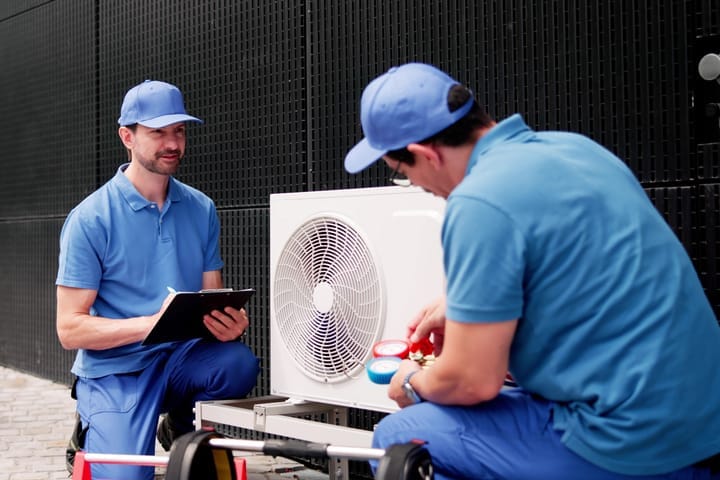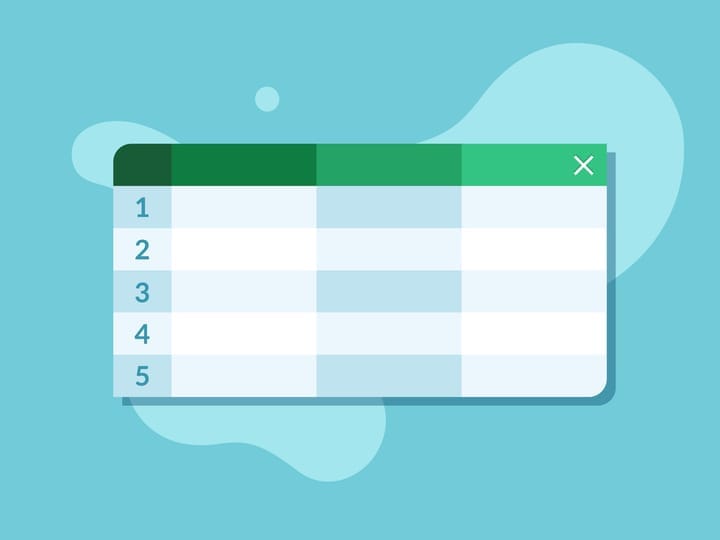Gamification Strategies for Your Business: Tips & Tools

Duolingo has turned learning a new language into an exciting and rewarding experience, so much so that you might have caught yourself sneaking in a quick study session, no matter where you are, just to keep your streak going.
Duolingo’s streak system uses game-like elements to engage and motivate users. This concept, known as gamification, has proven to be a powerful tool for increasing user engagement and customer loyalty. And the interesting part is, the same strategy has been a game-changer (pun intended!) for businesses too. By incorporating game-like mechanics, companies have found creative ways to keep customers entertained, loyal, and coming back for more.
If you’re looking to incorporate gamification into your business strategy, you’re in the right place! In this article, we’ll cover everything you need to know about gamification strategies, including:
• Types of gamification and real-life examples
• Practical tips to starting gamification in your business
The Game-Changing Idea: How Gamification Started
Gamification refers to the use of game-like elements to incentivize user engagement in non-game contexts. It works by tapping into people’s curiosity and natural drive for achievement and competition, offering rewards in various forms like badges, discounts, points, or other incentives.
As An Coppens, founder of gamification companies My Digital Office App and Gamification Nation, explained:
"The difference between a lot of existing marketing techniques and gamification is that we're actively encouraging a person to do something that's important or relevant to them and trigger some kind of curiosity effect.”
Take the popular “spin the wheel” feature as an example. You’ve probably encountered it after completing an online transaction or making a purchase on an e-commerce site. It’s fun, engaging, and makes you curious about what reward you'll get. The chance to win the highest prize keeps you coming back, eager to try your luck again.
But where did the idea of gamification actually begin?
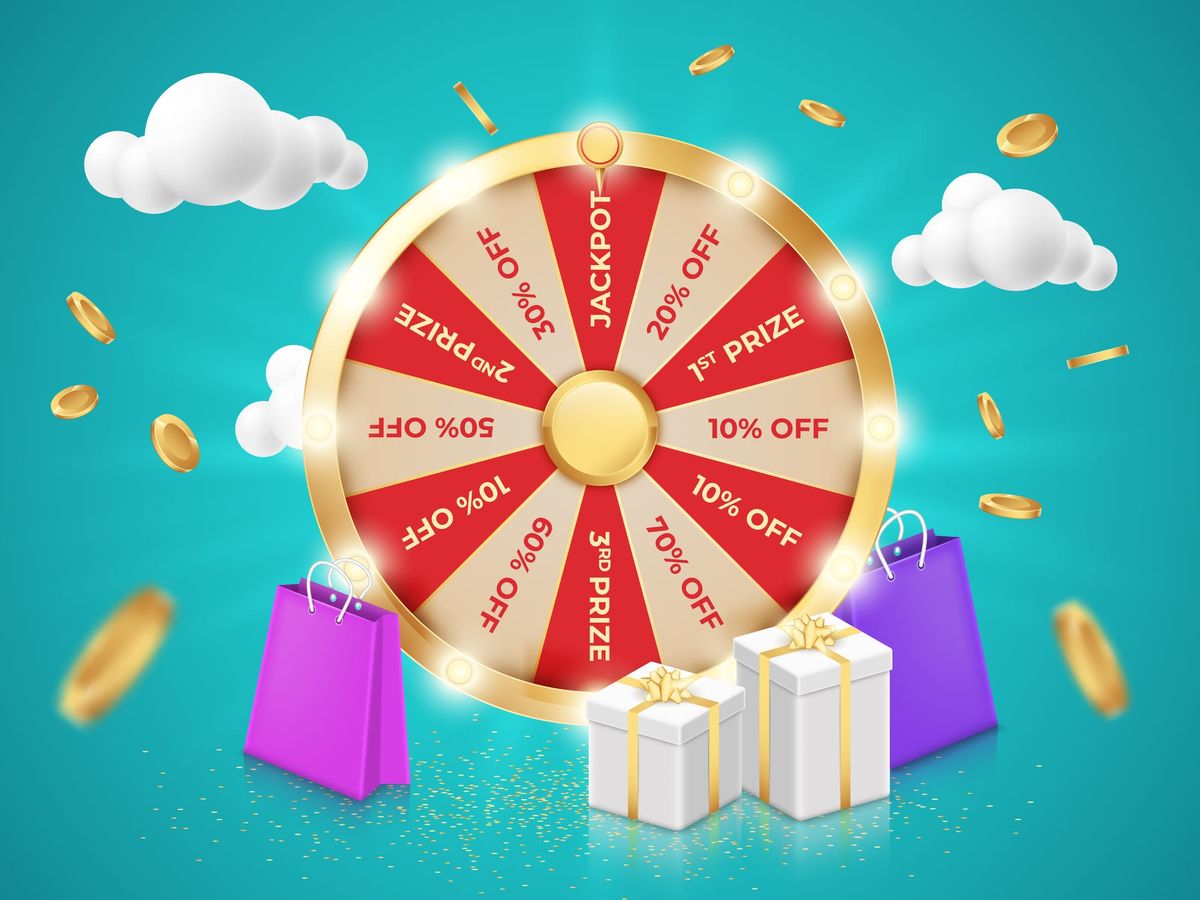
Where It All Began
One of the earliest examples of gamification can be traced back to the 1890s with the S&H Green Stamps rewards program. Shoppers earned stamps with their purchases, which they could collect and redeem for various products.
Since then, it has been used across industries to increase customer loyalty and retention, such as the first frequent flyer program of American Airlines and the first hotel loyalty program of Holiday Inn in the 1980s.
It was only in 2005 when the first cloud-based gamification platform, Bunchball, was launched by Rajat Paharia. This marked the evolution of gamification into a structured, modern platform. Bunchball introduced game mechanics like leaderboards, badges, points, and missions into workplaces, transforming how businesses motivated employees and engaged customers. It laid the foundation for countless gamification initiatives that inspired industries worldwide.
Gamification Across Sectors
Gamification has improved customer and user engagement across various sectors.
- In education, gamification has evolved alongside digital tools and online learning platforms. Using game design elements such as leaderboards, rewards, and point systems motivates learners to stay on track and achieve their goals. Features like challenges, quests, and quizzes make the learning journey more interactive and engaging, helping students to not only learn but also enjoy the process. Moreover, gamification also gives immediate feedback and recognition, allowing students to quickly assess their performance and adjust their strategies for better outcomes.
- In the healthcare sector, gamified applications like MedBridge Go have emerged to improve clinical outcomes by encouraging and reinforcing healthy habits among patients. These tools not only promote better health behaviors but also help ensure that patients consistently follow medical advice, making treatments more effective and improving overall patient compliance.
- Retail is another sector that has significantly benefited from gamification. Around 40% of businesses have embraced gamified shopping experiences, incorporating features like rewards points, challenges, virtual currency, and fun interactive quizzes. The results speak for themselves, as 70% of those who invested in these strategies saw customers spending more time on their platforms.
| Game Design Elements | ||
|---|---|---|
| Leaderboards | Ranks players or users to show who's performing best | |
| Badges | Rewards users with visual icons or symbols for completing tasks or reaching milestones | |
| Reward Points | Points users earn by completing specific actions, such as purchases, reviews, or referrals, which they can redeem for rewards like discounts, perks, or exclusive items | |
| Quests, Missions, and Challenges | Fun tasks or goals, often within a set time, to earn rewards or achievements | |
| Virtual Currency | Digital money users can earn or buy to spend on items, upgrades, or perks | |
| Interactive Quizzes | Short, fun tests that engage users and offer rewards, insights, or personalized recommendations based on their answers | |
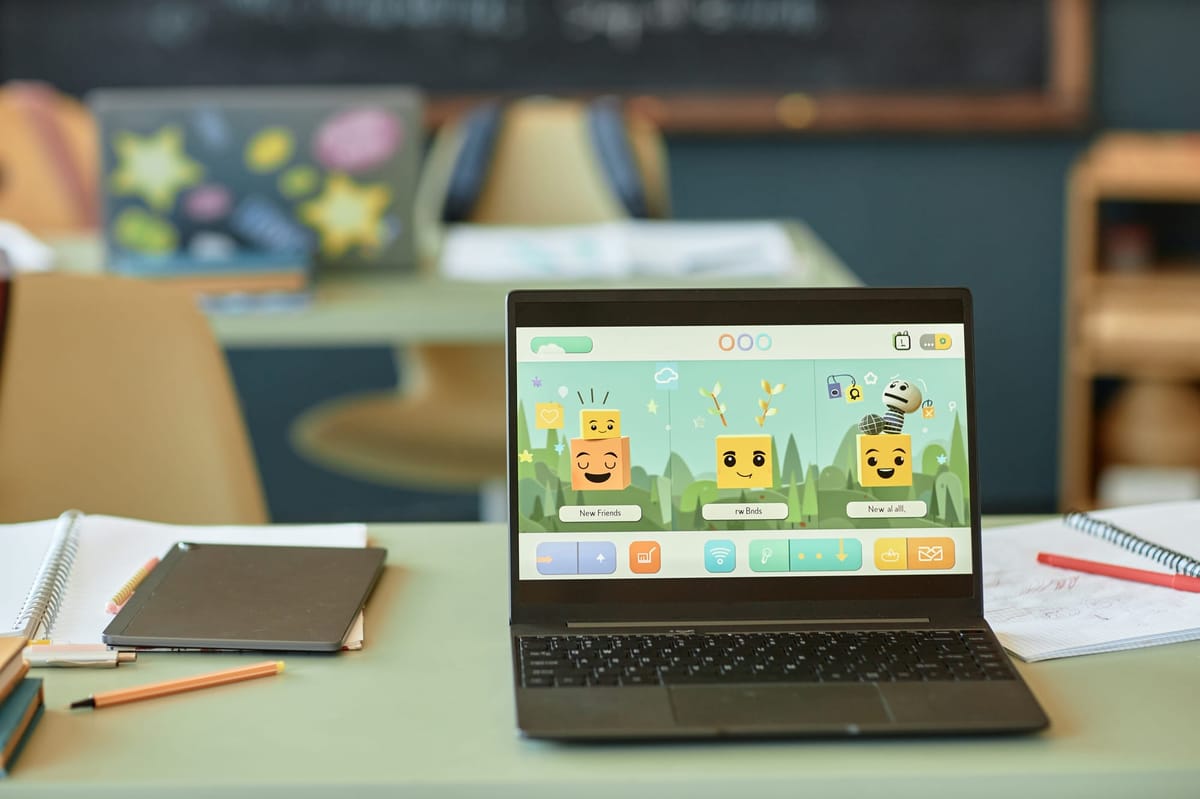
Types of Gamification Programs
Over the years, retailers have experimented with various gamification programs, most of which fall into these key categories:
1. Points and Rewards / Loyalty Programs
This is one of the most common gamification methods, where customers earn points or virtual badges for completing specific actions, such as making purchases, writing reviews, or sharing content on social media. These points can be redeemed for prizes, discounts, or exclusive perks, keeping customers engaged and encouraging repeat interactions.
Popular across industries like airlines, grocery stores, and coffee shops, loyalty programs reward customers based on their purchasing history. The more they buy, the better the rewards.
Points-based loyalty schemes are among the most common, helping businesses build lasting relationships by rewarding customers as a way to say “thank you” and encouraging them to choose their products or services time and again. It’s a win-win method: customers feel appreciated, and businesses maintain a loyal customer base.
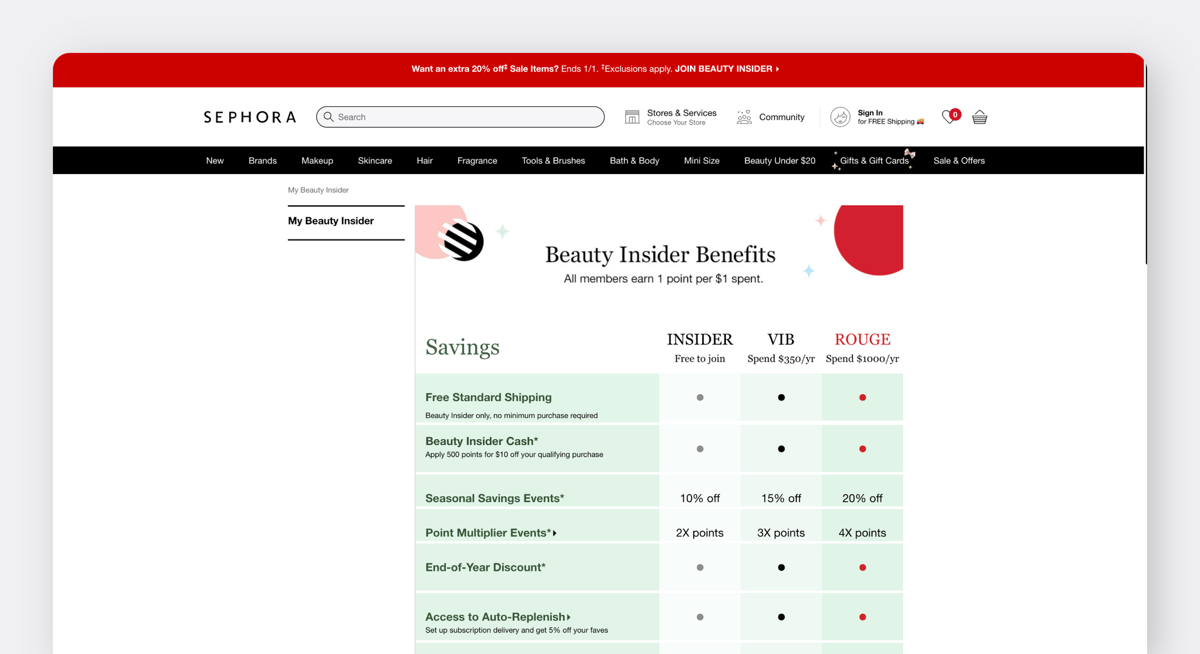
2. Contests and Competitions
From the word itself, retailers hold competitions such as photo contests, trivia quizzes, and challenges to drive participation and build community around the brand.
A great example is Nike Run Club challenges. Through its app, Nike encourages users to hit fitness milestones and compete with friends on leaderboards. These challenges are available for a limited time, creating a sense of urgency that motivates users to commit. To keep the experience rewarding, Nike celebrates progress by sending personalized messages that cheer users on and recognize their achievements. Each run unlocks new milestones that users can share with friends, making the journey toward fitness goals both fun and fulfilling.
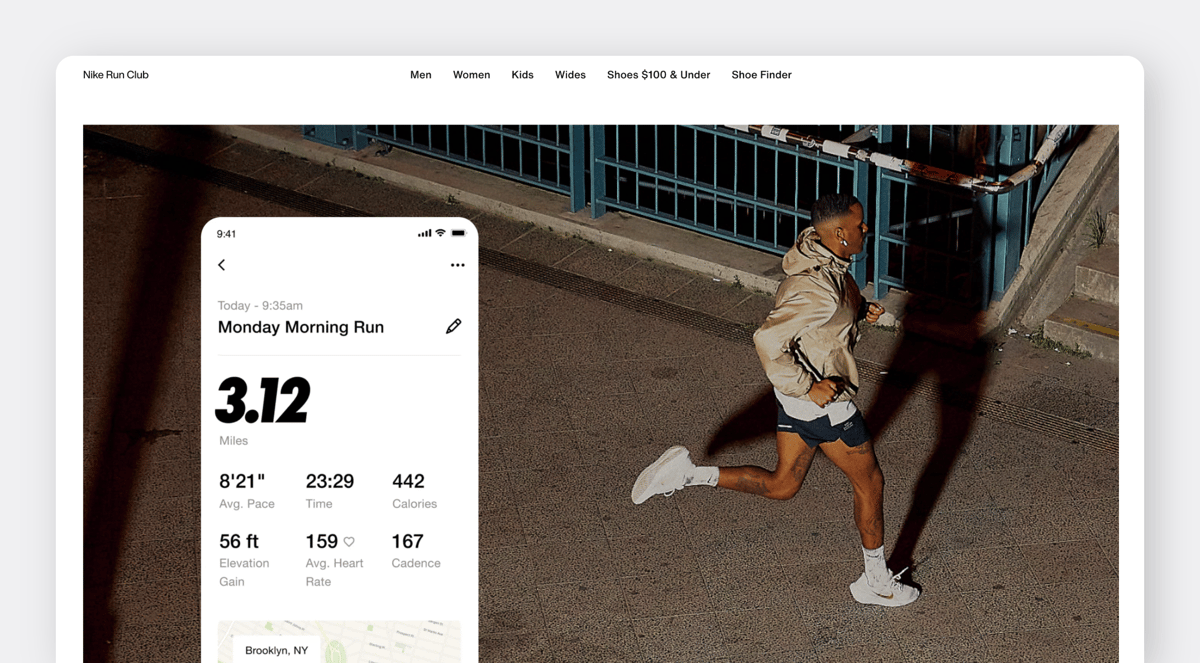
3. Spin-/Scratch-to-Win or Instant Rewards
This gamification mechanic offers users instant gratification by letting them spin a digital wheel or scratch a virtual or physical card to win free products, discounts, or exclusive perks.
McDonald’s has run its famous Monopoly campaign annually for several years, where customers receive scratch-off game pieces with food purchases. These pieces offer instant prizes, discounts, or chances to win larger rewards like vacations or cash.
BoxHero’s Purchases & Sales feature lets you easily apply discounts to orders and sales invoices, making it the perfect tool for managing discounted items in your gamification system. Try BoxHero today and see how this feature can enhance your gamification strategy!
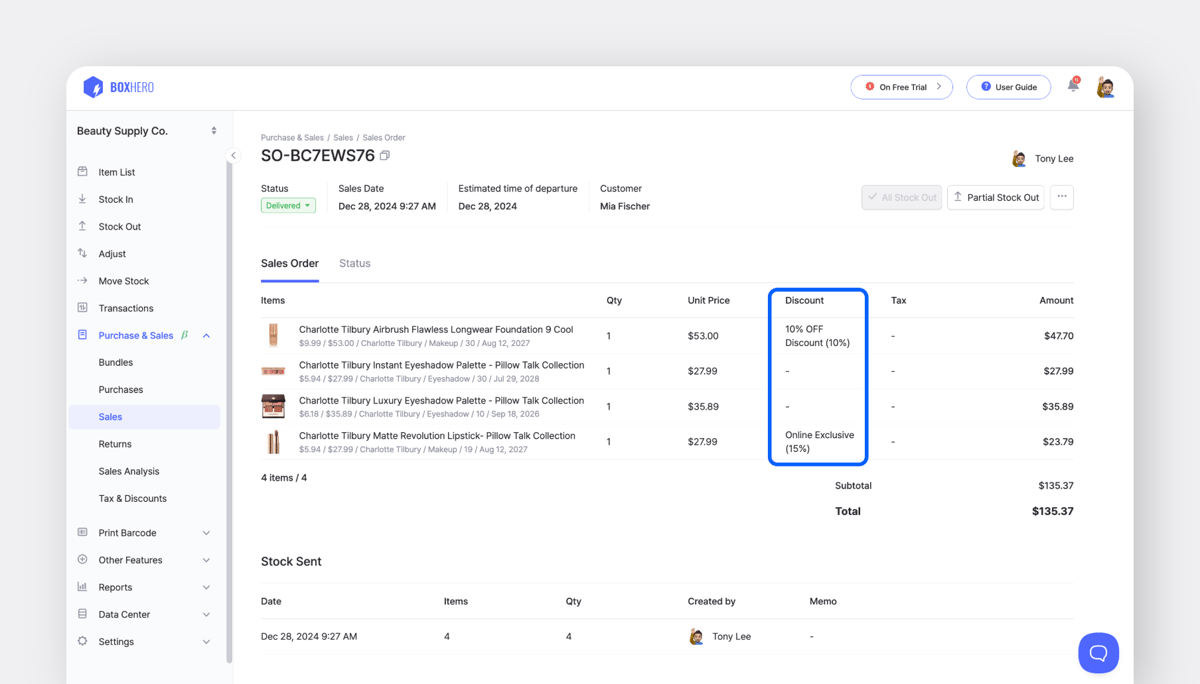
4. Referral Programs
Using word-of-mouth marketing, referral programs are a great way to encourage loyal customers to promote and spread the word about your products or services. By adding gamification elements like badges, progress bars, points, and leaderboards, these programs become even more engaging and effective.
Harry’s, a New York-based shaving equipment company, gained recognition for its outstanding referral program. It used a simple progress bar to show how close the users were to earning rewards. The prizes for the participants got better with each milestone, from free shave cream at five referrals to a year’s supply of blades at 50. The program saw massive success, generating 100,000 referrals in just its first week.
5. Non-Fungible Tokens (NFTs)
Some retailers use NFTs as part of their gamification strategies. If you haven’t heard of non-fungible tokens before, they’re unique digital collectibles, like artwork, music, and trading cards.
For example, Adidas collaborated with Bored Ape Yacht Club to release a series of NFTs called "Into the Metaverse." Holders of these NFTs can unlock access to exclusive physical merchandise and immersive virtual land experiences.
| Key Game Design Elements | Game Mechanics | |
|---|---|---|
| Points and Rewards / Loyalty Programs | Points, badges, rewards | Users earn points for purchases or actions, which can be redeemed for discounts or perks. |
| Contests and Competitions | Leaderboards, challenges, milestones | Users join quizzes or challenges, earn rewards, and compete on leaderboards. |
| Spin-/Scratch-to-Win or Instant Rewards | Instant rewards, random chance | Users spin wheels or scratch cards for instant prizes like discounts or freebies. |
| Referral Programs | Progress bars, badges, points | Users refer others and earn rewards as they hit point-based or tiered referral milestones. |
| Non-Fungible Tokens (NFTs) | Digital collectibles, exclusive items | Users gain access to unique content or items through NFT ownership. |
Practical Tips: Getting Started with Gamification
1. Start Simple! Align Your Gamification with the Time or Season
Start with easy-to-carry out strategies that your customers will enjoy. For example, launch a simple points-based loyalty program or a spin-to-win feature to engage them instantly. You can also use seasonal themes to make your gamification more time-relevant and exciting.
Since it’s the start of a new year and many people are focused on fitness goals, a gym or wellness brand could introduce gamified challenges to encourage users to stay consistent in January.
Similarly, you could offer seasonal rewards. For instance, run a summer-themed challenge where customers "unlock" summer-perfect items by spending a certain amount during this season.
2. Set Clear Goals
Define your objectives with gamification. Are you looking to increase customer retention? A loyalty program works well. With inflation on the rise, half of Americans now view loyalty programs as more essential than ever.
Do you want to grow brand awareness? Try referral programs with gamified mechanics. Are you aiming to drive sales on your e-commerce platform? Spin-to-win promotions can encourage immediate purchases.
3. Use Smart Gamification Tools
There are various gamification software tools that can be seamlessly integrated into your e-commerce site. The key is to choose the one that aligns best with your business needs.
Platforms like Spinify, Mambo.IO, and Punchh provide user-friendly features such as leaderboards, performance tracking, and reward systems designed to drive specific consumer behaviors. For instant reward delivery, tools like Tango Card allow you to send digital gift cards or incentives when users achieve milestones or complete tasks.
If you need enterprise-grade solutions, consider Gametize or Bunchball Nitro, which offer advanced gamification features tailored for large-scale gamified campaigns.
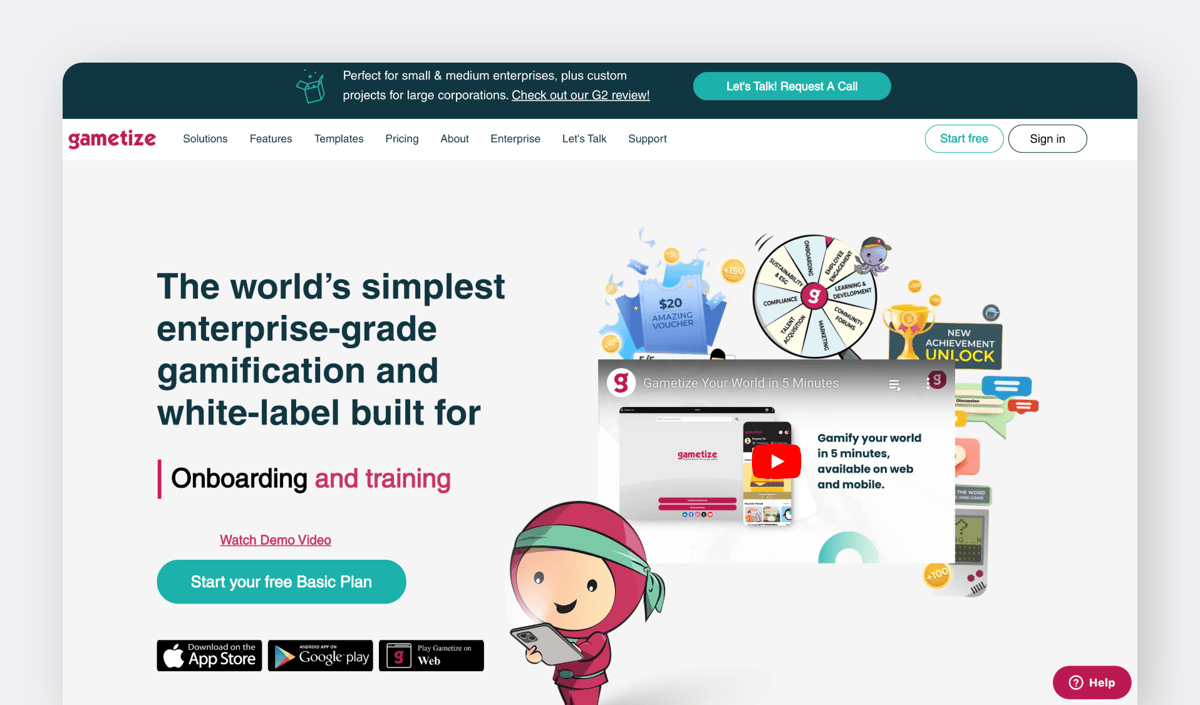
4. Give Meaningful and Achievable Rewards
Rewards don’t have to be extravagant and expensive. The key is to keep rewards meaningful, achievable, and tied to the overall experience you want to create. Think about offering discounts, bundled items, exclusive content, free samples, or early access to new or seasonal products.
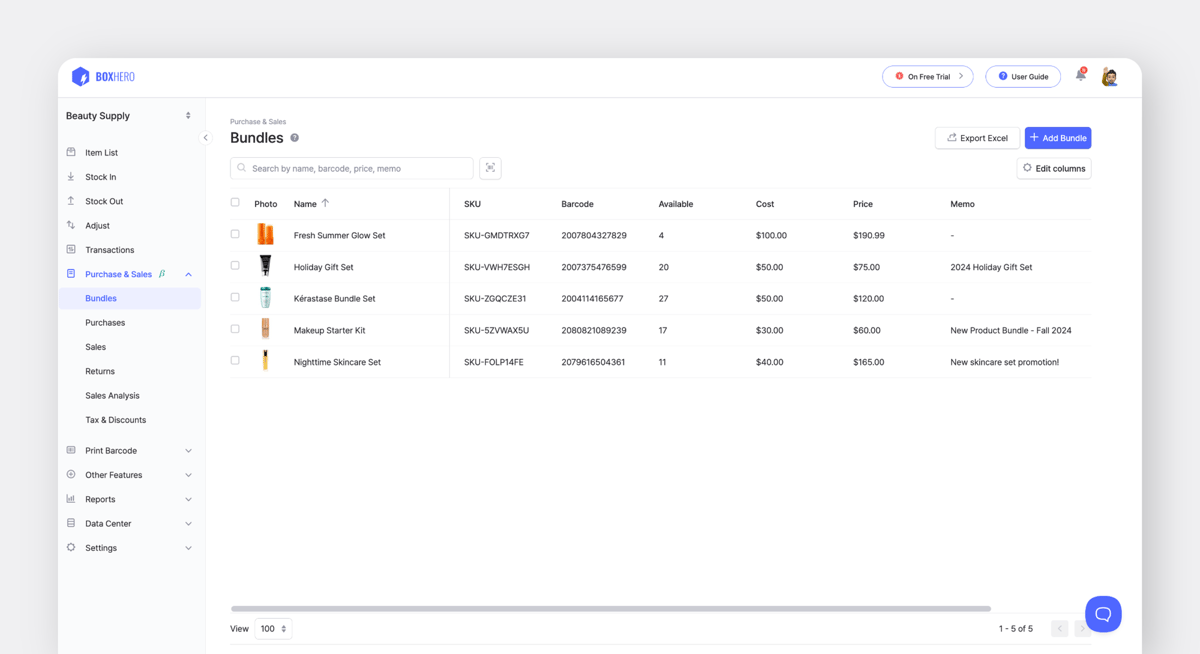
5. Encourage Social Media Sharing
Add shareable badges or milestones to your gamified system to make it easy for users to share their achievements on social media. Use hashtags or social media challenges to increase visibility.
You could also feature user-generated content (UGC) by highlighting user posts on your brand’s social media accounts. Additionally, you could reward featured users with shoutouts, exclusive perks, or bonus points.
6. Hear Your Customers and Keep Tabs on Results
Begin with a small pilot program to test what works best. Gather feedback from your loyal customers and refine the system based on their reviews, user experience, and engagement levels. Regularly assess the results to measure the effectiveness of your gamification. Did customer retention rates improve? Was there a boost in sales or participation levels? Did it lead to increased social media engagement?
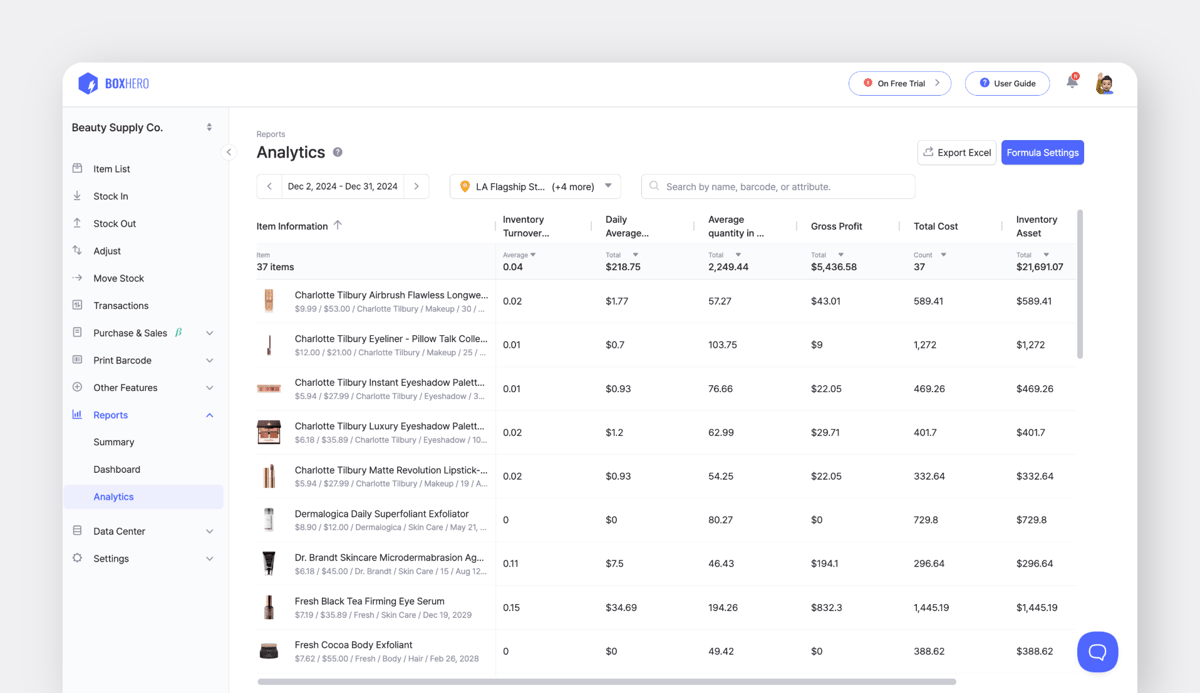
Get the Most Out of Gamification with the Right Inventory Management
Gamification transforms engagement by integrating game-like elements such as rewards, leaderboards, and challenges into business strategies.
Whether you’re aiming to increase customer retention, drive sales, or build a more engaging brand experience, gamification is a proven strategy to achieve such goals. And pairing gamification with an effective inventory management system ensures seamless implementation.
Tools like BoxHero make this process simple. With features like analytics, bundling options, and discount management, BoxHero helps you create and manage gamification strategies with ease. From organizing rewards to tracking inventory levels in real time, BoxHero equips your business with everything it needs for gamification success.
Try BoxHero for free today and take the first step toward transforming your business through gamification!

